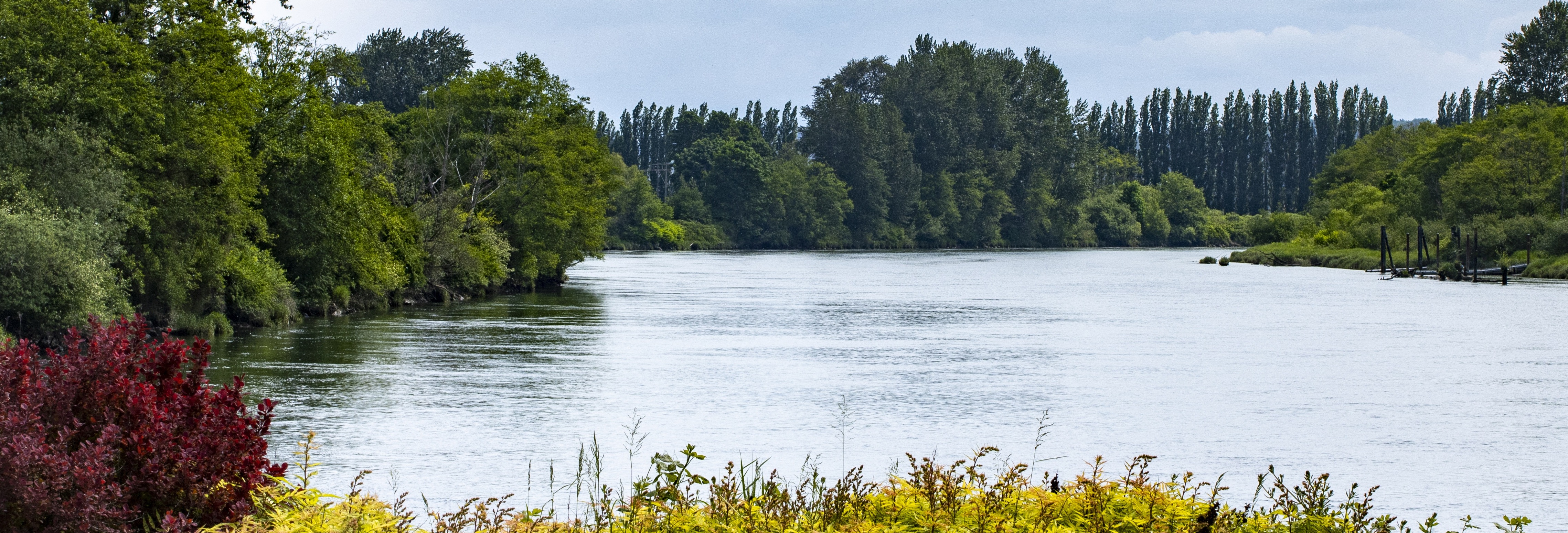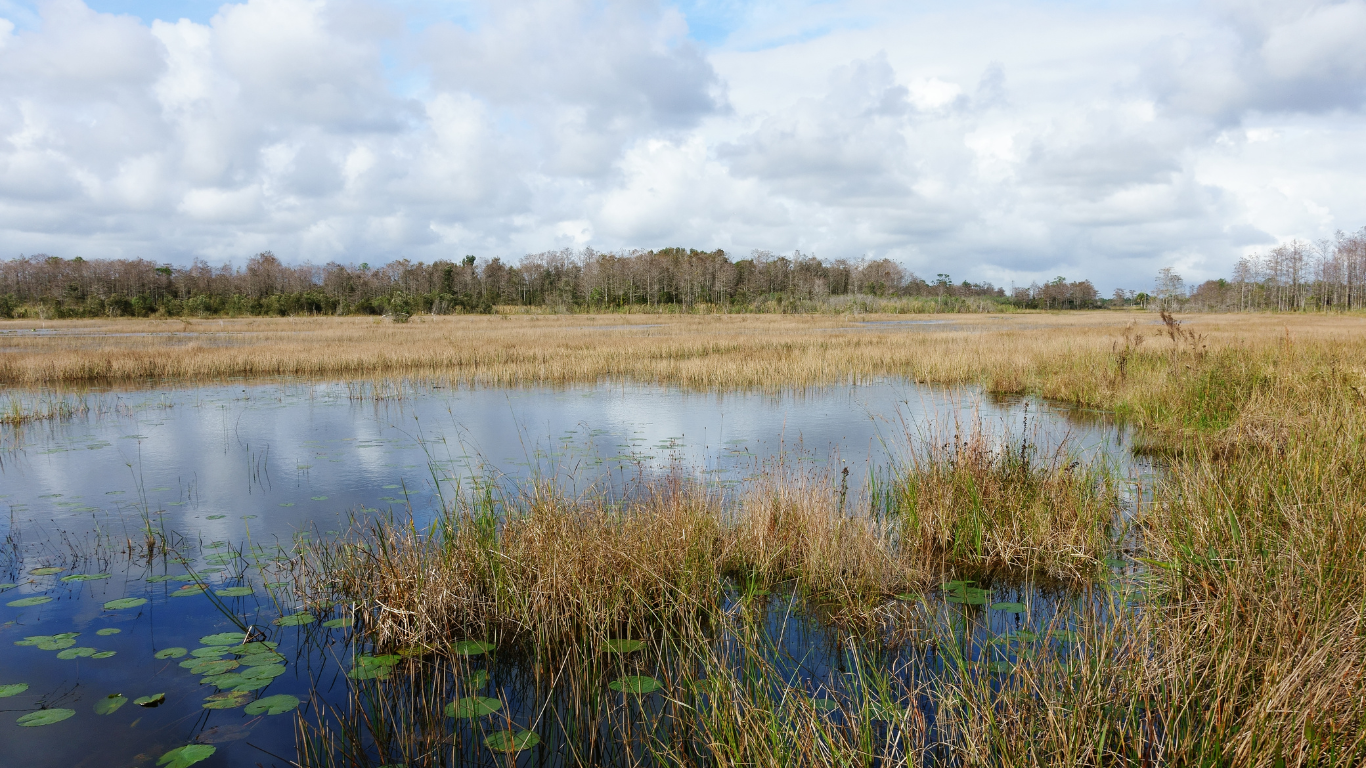
Watershed Assessment and Plan Development
CWP’s watershed planning services include local program and code evaluations, GIS analysis, chemical and biological data analysis, field assessments of stream corridors and upland areas, development of concept designs for recommended projects, stakeholder meetings, project ranking, modeling to estimate pollutant load reductions, plan development, implementation funding strategies, and more.

- a focus on small watersheds and their subwatersheds as the appropriate scale for planning and implementation;
- a focus on urban and urbanizing watersheds;
- a rapid approach to watershed assessment and plan development;
- close coordination with local partners who are committed to watershed restoration; and
- the inclusion of specific recommendations with guidance for their implementation.
CWP has been applying these principles to develop watershed-based plans since its inception in 1992. To date, we have developed or contributed to the development of plans for 122 watersheds in 16 states and territories. Much of CWP’s watershed planning work has involved helping communities develop achievable, cost-effective restoration plans to meet TMDL requirements, while some plans have addressed protection of source water, important habitats, and/or community recreational uses. Many of these plans incorporate the EPA’s nine minimum elements of effective watershed plans.
